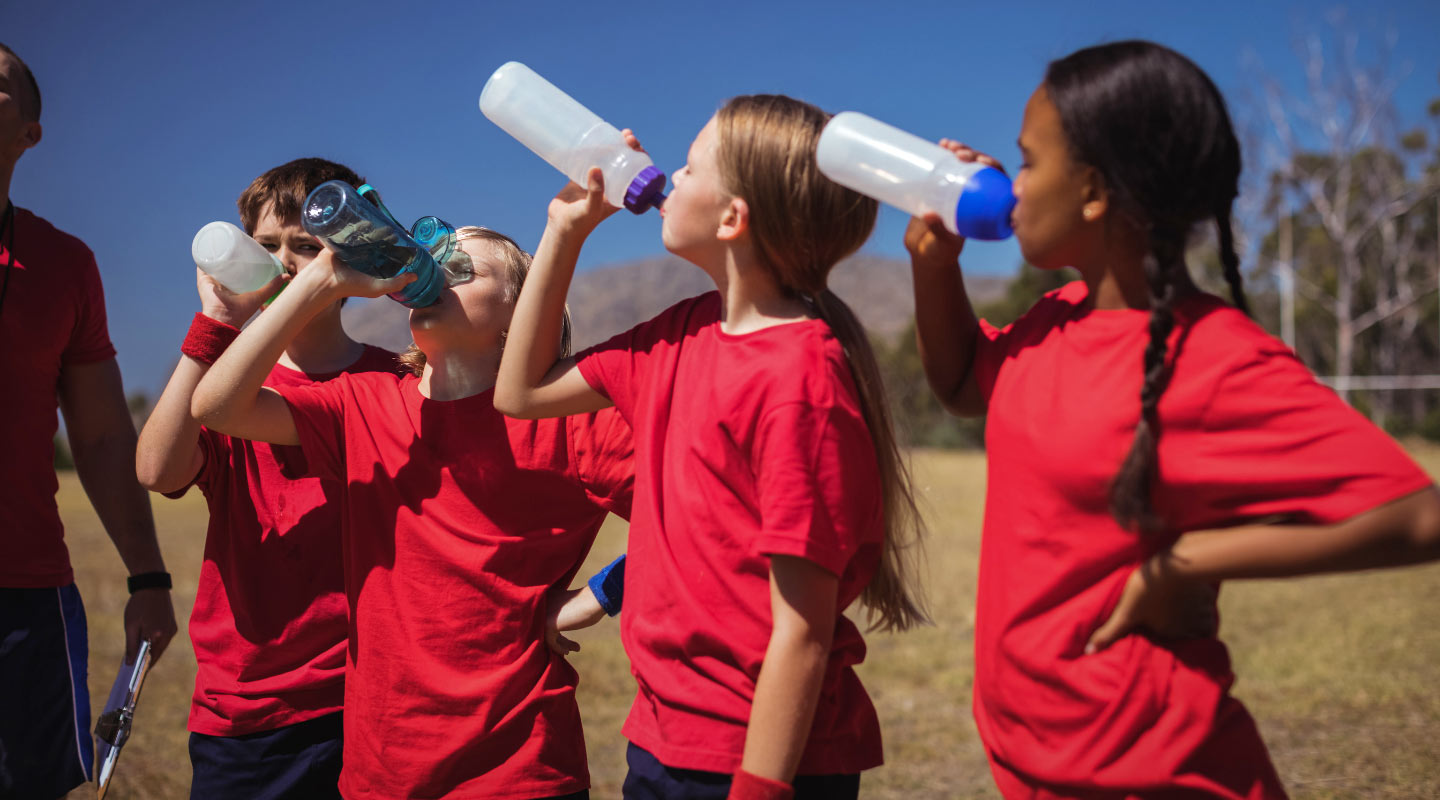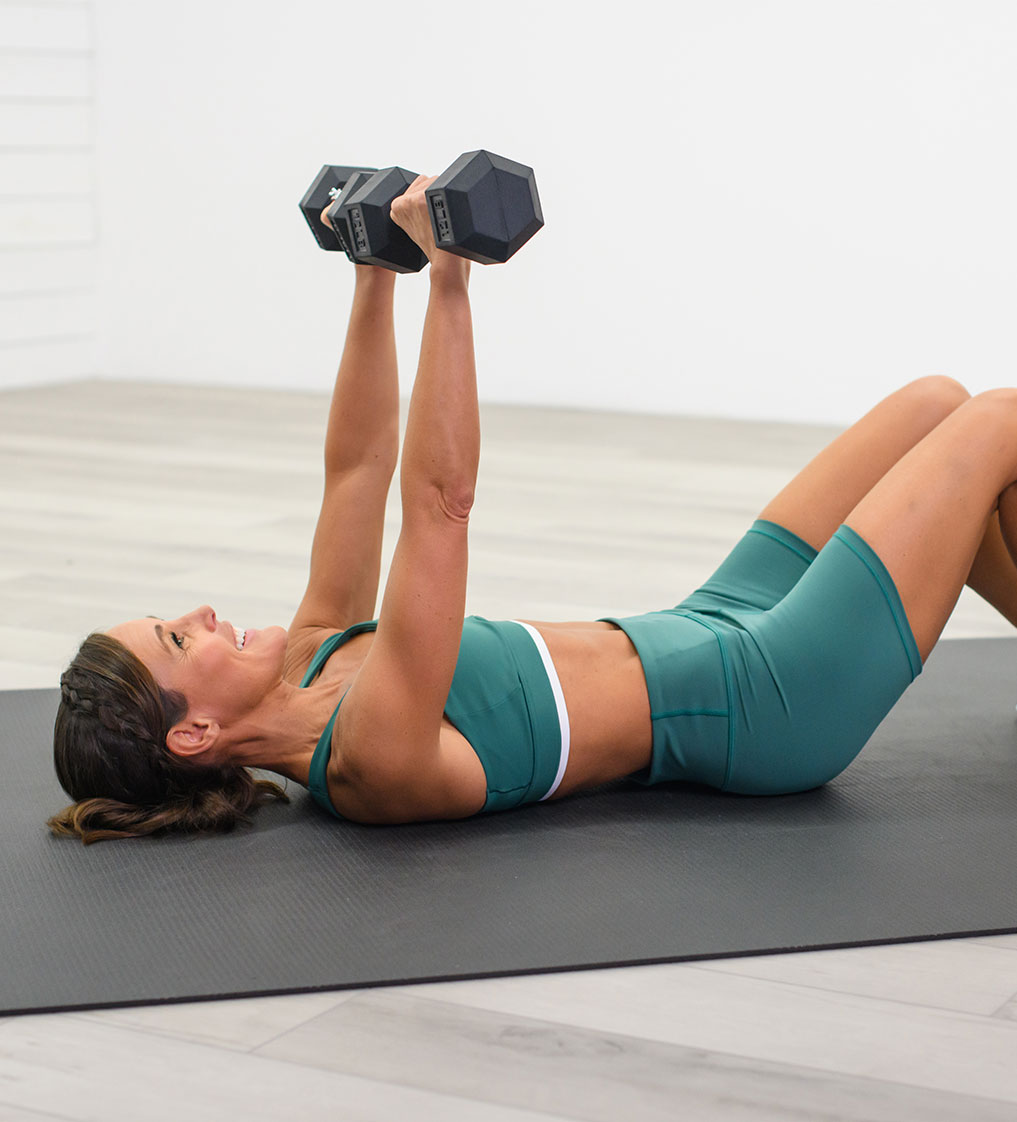 Over the past few decades, there has been a dramatic rise in youth sport participation. This is from a combination of more sports being offered (e.g., that new ninja course) and an increase in competitive sports teams (e.g., select or travel teams). While you are juggling the schedules and weekend vortex of these activities, it is incredibly important to think about the foods you are offering your child as they participate. When your child is fed and hydrated, they can perform better at their sport regardless of the level they are playing. When your kid is getting the nutrition they need, they get:
Over the past few decades, there has been a dramatic rise in youth sport participation. This is from a combination of more sports being offered (e.g., that new ninja course) and an increase in competitive sports teams (e.g., select or travel teams). While you are juggling the schedules and weekend vortex of these activities, it is incredibly important to think about the foods you are offering your child as they participate. When your child is fed and hydrated, they can perform better at their sport regardless of the level they are playing. When your kid is getting the nutrition they need, they get:
The biggest factor in determining your child’s nutritional needs is puberty. Before puberty, boys and girls between the ages of 6 and 12 have roughly the same body composition, therefore roughly the same needs. It is very hard to estimate calorie needs at this stage because the research has not been conclusive on young athletes. However, that research does show that they have an increased caloric need.
For example, a 10-year-old boy who is active more than 1 hour per day can need somewhere between 1879 and 2492 calories. Counting calories is NOT advised, especially for young kiddos. Instead, focus on fueling their bodies so they can do the things they want to do and teaching them to listen to their body’s fullness and hunger cues. Set regular meal and snack times where you determine what is served and they determine how much they eat.
Once a child starts to show signs of puberty, their nutrient needs change. Their bodies are growing rapidly, their brains are changing, and they are still needing to meet the energy needs their sport requires. It is important to continue to allow them to eat to their hunger as the calorie needs of that same 10-year old mentioned above can range from 1987 to 4243 during this time.
It is extremely important to not focus on weight, whether it’s being underweight or overweight. For some adolescent girls, their “peak weight velocity” (or the rate at which they gain weight) is at its highest six to nine months before they hit a growth spurt (aka: peak height velocity). Basically, you will see them grow out and then up. This is normal and you should not try to drastically limit their intake as it could impact their growth.
While focusing on calories and weight is not recommended, it is ok to talk with your children about nutrients and how they can help our bodies perform. You can get a detailed look at all nutrients needed at each stage of life here. When talking about what foods they are choosing, here are some of the most important ones:
Carbohydrates: Glucose is the body’s first source of fuel, keeping the brain and muscles going. Adding a variety of whole grains, fruits, and vegetables to your child’s day will ensure they have the energy they need. If you are adding a pregame or practice snack into their routine, avoid high-fiber choices as it could cause GI distress.
Protein: Building and repairing tissue, including muscles, is this nutrient’s job. Adding a source of protein to each meal is a good practice. Aim for 20 – 30 grams per meal and 10 – 15 grams per snack.
Vitamin D: Found in fortified foods such as orange juice or milk, this nutrient helps move calcium from the bloodstream into the bones which is crucial during puberty.
Calcium: Peak bone formation happens during puberty with girls laying down half their calcium during this time and boys about two-thirds. It is found that most adolescents don’t get enough calcium in their day. Milk isn’t the only source, lots of fruits and veggies can also be good sources of calcium: leafy greens, legumes, almonds, and more.
Iron: The most common deficiency in the United States is an iron deficiency. It can leave you feeling tired since the job of iron is to help carry oxygen around the body. Meat, seeds, nuts, spinach, quinoa, and broccoli are all healthy foods that contain this nutrient.
Fluids: Good-ol-H2O! This is probably one of the most important things to make sure your child is getting, especially when they’re active. In a study conducted in 2012, researchers found that just being 1% dehydrated (you may not even feel thirsty at this point) can impact a child’s endurance during sports. Make sure they are drinking water throughout the day and have access to fluids during activities. During sports that last less than one-hour, consuming water is adequate to keep them hydrated. For sports lasting longer than one hour, adding an electrolyte sports drink can be helpful. However, sports drinks are designed to benefit during and after an activity, so limit how many they are drinking when not sweating.
It’s important to know the nitty gritty of nutrients and needs, but now it’s time to turn it into real meals. When your child is enjoying a practice once a week with games on the weekend, there is no need to change their intake beyond normal snacks and meals. When their schedule becomes more regular and (possibly) more rigorous, looking at meal timing, packing foods, and getting enough fuel deserves more attention.
Meal timing: If your child has practice after school, you will need to make sure they have extra food on hand, especially if their lunch is scheduled early in the day. Eating 1 – 2 hours before practice is ideal if they can fit it in their schedule. Choosing something high in carbs, low in fat, and about 10 – 25% protein is ideal. This could be a protein-rich granola bar with fruit, hard-boiled eggs with milk, or a peanut butter sandwich with carrots. Avoid foods high in sugar, fat, or fiber.
After practice or a game, the focus is recovery and repair. Within 30 minutes of exercise choosing something with carbs and protein is going to help do this. Good options include chocolate milk, yogurt with fruit, or graham crackers with peanut butter. Simple, portable options are best.
A note about meal timing: We just discussed pre- and post-workout meal options; however, not every kid will need to have both of these. Consider the duration and frequency of their practices/games (e.g., an hour-long baseball practice will need less energy than a 2-hour tumbling practice). Furthermore, listening to huger and fullness cues will be important here. If your kid comes home from practice ravenous, add the pre-practice snack.
Hydrate: Throughout the day, during practice, after practice … hydrate, hydrate, hydrate. Water is best, but any non-sugary, non-caffeinated beverages counts when it comes to hydration. Avoiding energy drinks, especially later in the day, is key because they can also disrupt sleep cycles.
Be prepared: One of the most common things I hear from parents of athletes is how difficult it is to work meals around practice times and games. If you find yourself in this bind there are a few things you can do:
